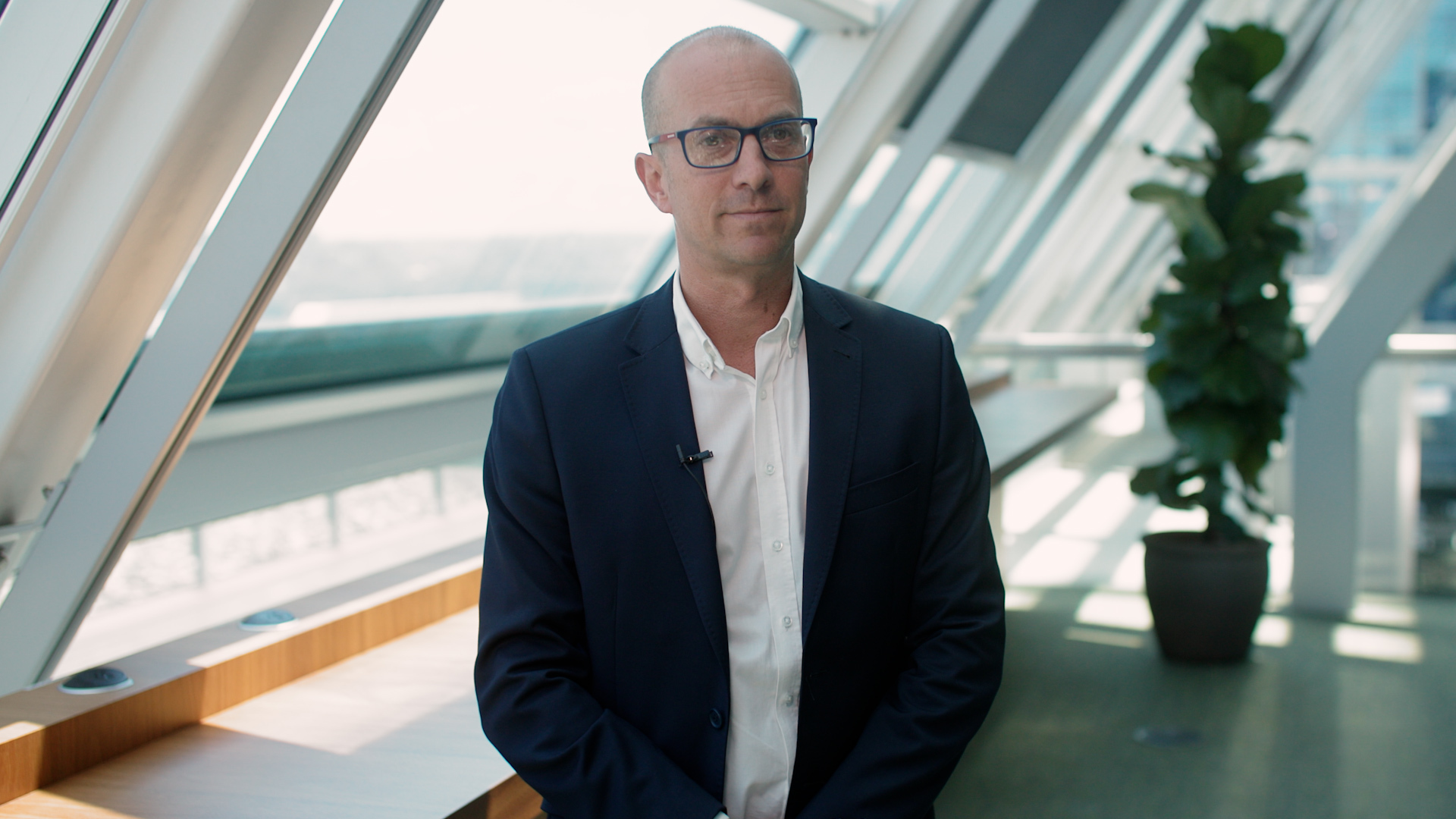1. Near-term challenges
On the global stage, growth will likely slow further in the first half of the year. However, with inflation coming back down, this means central banks are ready to pivot, and can ease if conditions weaken.
The story is similar in Australia. There is likely further slowing to come this year, after a relatively weak end to 2023. Still, as it currently stands, the Australian economy is positioned to improve later this year and as we move into 2025.
“Australia has performed very well over the past couple of decades. We really are an economy that has punched above our weight,” says Chief Economist at Macquarie Group, Ric Deverell.
“There are some challenges in the near term - and in particular, inflation is lagging the rest of the world on the way down,” says Deverell.
“I think we are very well placed,” he adds. “But it’s just going to be a tricky period for the next six or nine months.”
2. Cash rate cuts are on the cards
Inflation will again be a key driver of the Reserve Bank of Australia’s (RBA’s) decision making this year, meaning further cash rate rises can’t be entirely ruled out. That said, a fall in the cash rate is on the cards for the second half of the year.
“The cash rate is going to be all about inflation. If inflation comes down as I expect, the RBA are probably finished hiking, and will probably be easing in the second half of the year,” says Deverell.
“But if inflation goes a bit higher still, we might have to have another hike or two,” he adds.


